Fibre-reinforced concrete (FRC) is a versatile construction material that incorporates various types of fibers to enhance its performance and durability. These fibers are typically added to the concrete mix to improve properties such as tensile strength, flexural strength, impact resistance, and crack resistance. Here are some common types of fibre-reinforced concrete:
1. Steel Fibre-Reinforced Concrete (SFRC)
Description: Steel fibers, often in the form of small, discrete pieces, are added to the concrete mix.
Properties: Improves toughness, impact resistance, and flexural strength. Effective in controlling cracks and preventing crack propagation.
Advantages:
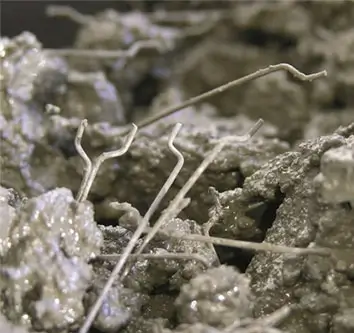
- Improved Toughness: Enhances the concrete’s ability to withstand heavy loads and impact.
- Control of Cracks: Effectively controls the formation and propagation of cracks.
- Flexural Strength: Increases the flexural strength of the concrete.
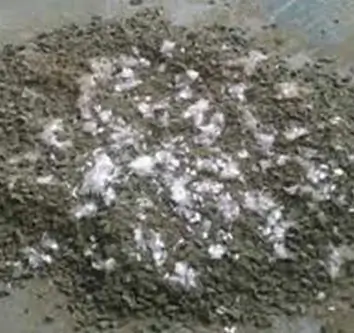
2. Polypropylene Fibre-Reinforced Concrete (PFRC)
Description: Polypropylene fibers, which are synthetic fibers, are added to the concrete mix.
Properties: Enhances durability, reduces plastic shrinkage cracking, and provides secondary reinforcement. Exhibits good resistance to chemicals and does not corrode.
Advantages:
- Durability Enhancement: Improves the concrete’s resistance to wear and tear, extending its service life.
- Crack Reduction: Reduces plastic shrinkage cracking in the early stages of curing.
- Chemical Resistance: Resistant to most chemicals, providing protection in aggressive environments.
3. Glass Fibre-Reinforced Concrete (GFRC)
Description: Glass fibers, either in the form of chopped strands or woven mats, are used in the concrete mix.
Properties: Improves tensile strength, impact resistance, and durability. Provides a lightweight alternative to traditional concrete reinforcement.
Advantages:
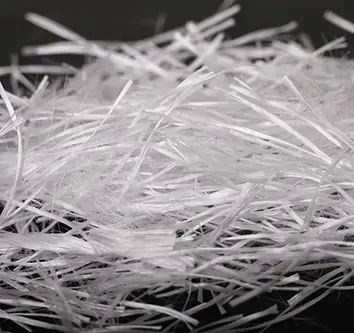
- High Tensile Strength: Significantly increases the tensile strength of the concrete.
- Lightweight: Offers a lighter alternative to traditional concrete reinforcement.
- Durability: Enhances the durability and longevity of the concrete structure.
4. Synthetic Fibre-Reinforced Concrete (SFRC)
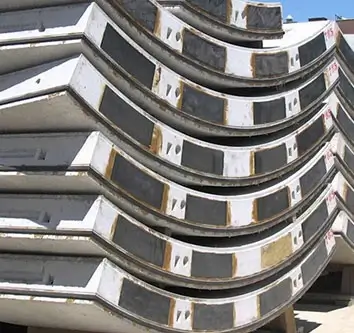
Description: Various synthetic fibers such as nylon, polyester, or polyethylene are used in the concrete mix.
Properties: Offers a wide range of benefits, including improved crack resistance, impact resistance, and durability. Synthetic fibers are often corrosion-resistant and may provide a cost-effective alternative.
Advantages:
- Versatility: Various synthetic fibers offer a range of properties suitable for different applications.
Corrosion - Resistance: Synthetic fibers are often corrosion-resistant, contributing to long-term durability.
- Cost-Effectiveness: Can be a cost-effective alternative to some traditional reinforcement methods.
5. Basalt Fibre-Reinforced Concrete (BFRC)
Description: Basalt fibers, derived from volcanic rock, are incorporated into the concrete mix.
Properties: Enhances tensile strength, provides resistance to high temperatures, and improves resistance to alkali and acidic environments.
Advantages:

- High-Temperature Resistance: Suitable for applications where resistance to high temperatures is essential.
- Chemical Resistance: Provides resistance to alkali and acidic environments.
- Tensile Strength: Enhances the concrete’s tensile strength.
6. Carbon Fibre-Reinforced Concrete (CFRC)
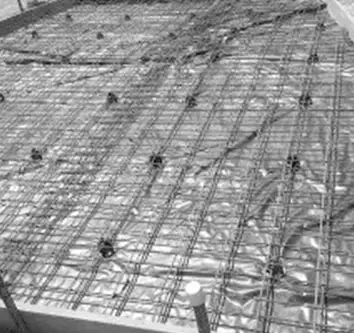
Description: Carbon fibers, which are high-strength synthetic fibers, are used to reinforce the concrete.
Properties: Offers high tensile strength, excellent durability, and resistance to corrosion. Commonly used in applications where lightweight and high-strength materials are required.
Advantages:
- High Strength-to-Weight Ratio: Offers exceptional strength with low weight.
- Durability: Resistant to corrosion, providing long-lasting performance.
- Versatility: Suitable for applications requiring both strength and flexibility.
7. Natural Fibre-Reinforced Concrete (NFRC)
Description: Natural fibers such as jute, coconut, or sisal are added to the concrete mix.
Properties: Provides an environmentally friendly option, enhances tensile strength, and can be suitable for non-structural applications.
Advantages:
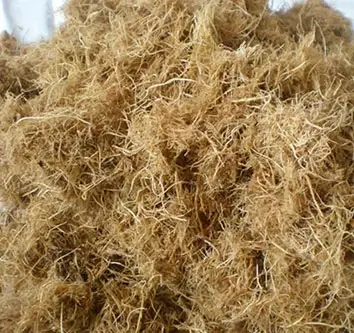
- Environmentally Friendly: Utilizes renewable and biodegradable materials, reducing environmental impact.
- Tensile Strength Enhancement: Enhances the tensile strength of the concrete.
- Cost-Effectiveness: This can be a cost-effective solution for certain applications.
The choice of fiber type depends on the intended application, required properties, and cost considerations. Each fiber-reinforced concrete type has unique characteristics, making it suitable for various construction scenarios.

